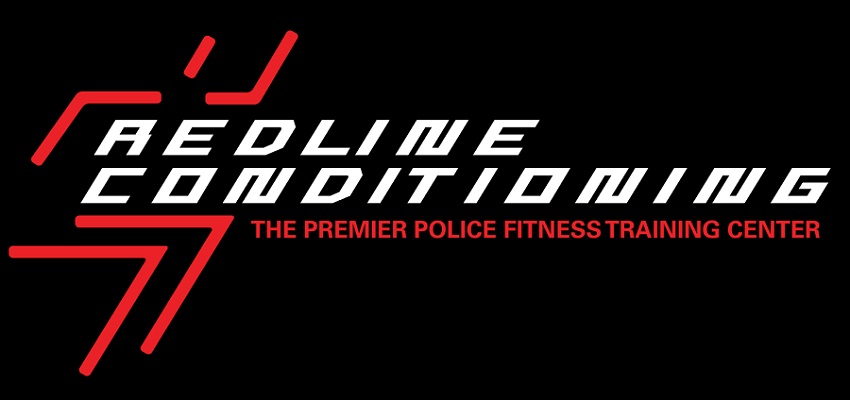Lately I've had a few talks with clients. We've talked
about having as much time on the push/pull machine in order to pass the test,
and in particular running the 6 laps faster in order to have more time on the
machine.
If we are simply talking about time, then yes,
theoretically this makes sense. But in practice, it falls apart.
The thing people forget about is the cost of going faster
on the laps. In order to go faster, we must use more energy. And when we use
more energy, we don't have enough left for the machine (and the vault if doing
the POPAT).
You go too fast, you gas yourself. And when you gas
yourself, your strength goes to shits and you struggle mightily on the machine.
Yes, you have more time to get through the machine, but the
time you may have saved is wasted because you've zapped your strength and spend
all your time trying to recover. In the end, you lose time.
To illustrate my point, I have a couple stories.
The first comes from my early days of police training. My
client at that time was running her PARE test. I knew she was more than capable
of passing the PARE, but on her first official test, she failed it with a 5:00
time.
She was capable of running the 1.5 mi in under 11:00, deadlift
1.5x her bodyweight, and capable of performing pull-ups for reps. Her
conditioning was there and her strength was there. What failed her was her over
eagerness and lack of pacing. She ran the 6 laps much faster than she
should've, and she gassed out. She could not take advantage of her strength to
get through the push/pull machine.
Fast forward one month, and she runs her 2nd official
PARE, this time passing in flying colours. Whereas her first PARE was 5:00, she
ran her 2nd in 3:55.
What was the difference? She kept herself in check and
did not go crazy on the laps. She paced herself within her abilities and still
had energy to get through the push/pull machine effectively.
This is not to say she wasn't huffing and puffing by the
end of 6 laps, but she wasn't feeling like she had to tap out before the
machine. She still had the energy reserves to take advantage of her strength.
The second story is much more recent. In the winter of
2015, one of my clients ran two practice POPATs one week apart. In her first
week, she tried running the course fast. She started with a 21 sec lap, but
that gradually fell to 29 sec on her last lap. She finished the course in 2:32,
but she was feeling bagged. She struggled on the machine, getting it done in 55
seconds.
One week later, she kept herself in check. She finished
the course in 2:34, but her lap times were more even (24-28 seconds). She was
slower on the course by 2 seconds, but because of better pacing, she finished
the push/pull machine 11 seconds faster compared to the first week (44 seconds
vs 55 in the prior week).
Don't fall under the impression that to give yourself a
chance on the machine, you must run the course faster. That can't be further
from the truth.
Leaving it all out on the course is the worst thing you
can do. You end up gassing yourself and wasting more time.
Instead, leave something in the tank. And if you're gonna
leave it all out, do at the end rather than the beginning.




